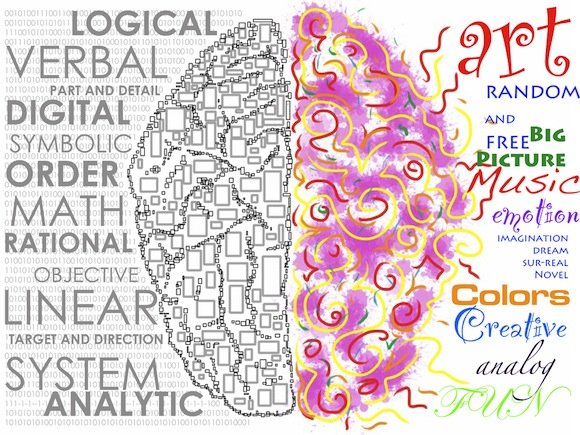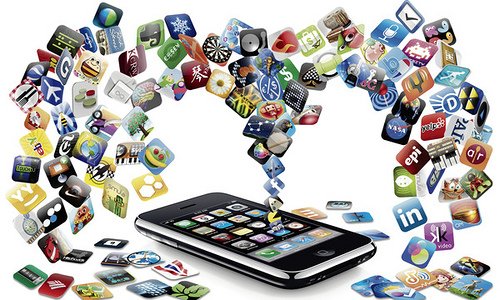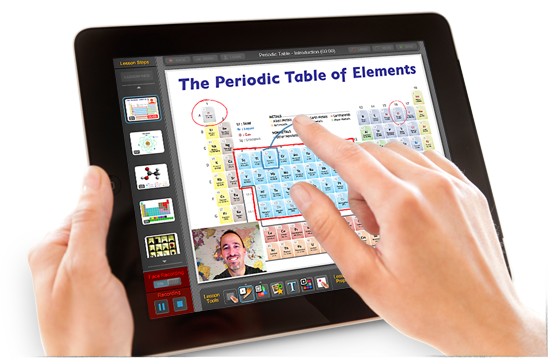WOW-ing your student through everything BUT boring
Think back to your own school years…
What was it that made your favorite teachers’ lessons so interesting? Was it intriguing methods which they used, their ability to keep your attention with gripping stories, the real-life illustrations, their eloquence and public speaking skills, or was it perhaps their ability to spice up a lesson with the most effective, applicable teaching media at the right time?

The value of educational media lies in the fact that they maximize the quality of the teaching and learning process by bringing reality into the classroom through the incorporation of one or more of the senses. Learners do not only hear the teacher explaining the structure of the kidneys, heart and lungs in the Life Sciences class, but can also watch a video and see a picture or poster explaining the workings of these organs.
Educational media also enhance meaningful communication between teacher and learners in that concepts are experienced more concretely. In the process, clearer concepts are formed and more permanent learning is facilitated. Furthermore, in contrast to simply listening to the teacher, these media are better able to retain the learners’ interest and lead to variation in the teaching situation. The visual stimulation that educational media provide contributes to learner motivation, involvement and participation, while provision is also made for different learners’ learning styles.
Learners who are right-brain hemispherically dominant prefer visual materials to support the teacher’s oral explanation, while for learners who process information more dominantly with their left-brain hemisphere, a textual layout or explanation will be adequate.

Educational media such as the overhead projector, video, DVD and integrated computer technology have drastically changed the role of teachers in the traditional teaching-learning situation. However, teachers cannot shift the responsibility for effective teaching to educational media, as effective learning is still dependent on their correct and functional use of these media.
Deciding which educational media to incorporate into a lesson is not a slapdash, im-promptu decision. It is part of good lesson planning and should be guided by certain principles or questions that the teacher should consider, namely:
- Is this medium the most effective one with which to facilitate the learning contents?
- Will the medium require additional equipment?
- Is the medium easy to use?
Various types of educational media can be used to aid the instructional and learning process. Let’s forget about the chalkboard and the whiteboard for a while and pretend they don’t exist. How many others can you think of? Those two bore me as it’s what I grew up with. I’m very sure that my teachers knew only about the chalkboard, the whiteboard and the overhead projector. Luckily for us, technology has expanded!

Cellular phones have become such an integral part of most people’s, and especially learners’, lives that it is impossible to think of a world without them. While at school, cellphones allow learners to stay in contact with parents, friends and family in the case of an emergency. Cellphones can also be a great menace and distraction if learners use them during class time.
There is, however, a worldwide movement towards exploiting the possibilities of cellphones positively as a teaching tool. This is something learners know best. Have you seen a young person typing texts at a speed that would leave any top typist from a few decades ago red in the face and far behind? Why not use the technology, these skills and this knowledge to the advantage of teaching and learning? The challenge is for teachers not to fall behind, but to remain up to date with the latest functions, trends and applications of cellphone software and technology.
Many teachers regard the computer as the educational medium of the future. How wrong they are, as the computer is already the educational medium of the present! We have a situation where learners use a computer on a daily basis, but many of their teachers are still not interested in empowering themselves with the knowledge and skills to integrate this powerful educational medium into the teaching situation.
The internet can be visualized in many different ways. Learners and teachers can use the internet to search for information. That being said, teachers should also be aware of the potential problems and inappropriate content that the internet may offer.

Tablets are being used more and more in schools worldwide. Publishers support this initiative by making textbooks and other resources available in electronic form. By eliminating textbooks, the environment is spared by saving trees and leaving behind a smaller carbon footprint. But, tablets are expensive and they can break easily. Along with computers, it may contribute to eye strain, headaches and blurred vision. It’s a really great medium to use but too much is also not good.
One thing that learners may find more inspiring than a book and a pen is ‘blogging’. They can be asked to keep a blog on the internet or on the school intranet on a topic of their choice. Wouldn’t you have loved that when you were young?
In conclusion, just remember that although educational media have their advantages in a classroom situation, the most important contributor to their success is the teacher who chooses them and uses them. If you use the wrong medium at the wrong time, or do not have the necessary skills to use some, you are minimizing the possible effects of these media. The result may even be negative for learning.
Lastly, a word of caution to teachers and learners: teachers and learners should not be so caught up in the use of educational media that they forget that in education the use of these is to enhance learning and not only to have fun.
Resources and extra reading:
Mobile devices in the classroom | Teaching outside the classroom | Active learning | Effect of technology | Multimodal learning environments | Right brain & Left brain teaching | Integrating ITC | Effect of multimedia use | Computers in education | E-books to promote learning

I agree that there that we have access to use in our classrooms these days. They all have benefits and can enhance your lessons. The key is deciding how it will benefit you best and making sure that there is value added to the lesson and not just technology for the sake of technology.
I like how you focused on the good technology can have and aide in teaching as well as caution that there can be negative effects as well. I sometimes envy the research power that students these days have at their fingerprints and how easy they can look up information. At the same time, they also have to sift through a lot to find useful and meaningful information as well.
You write very well and even though this is a serious piece on education, I think you can very well come up with a funny piece if you wanted so I nominated you for the comedy open mic contest. I hope you can submit something for it. You can check out the rules here or check out the #comedyopenmic to see what others are posting.